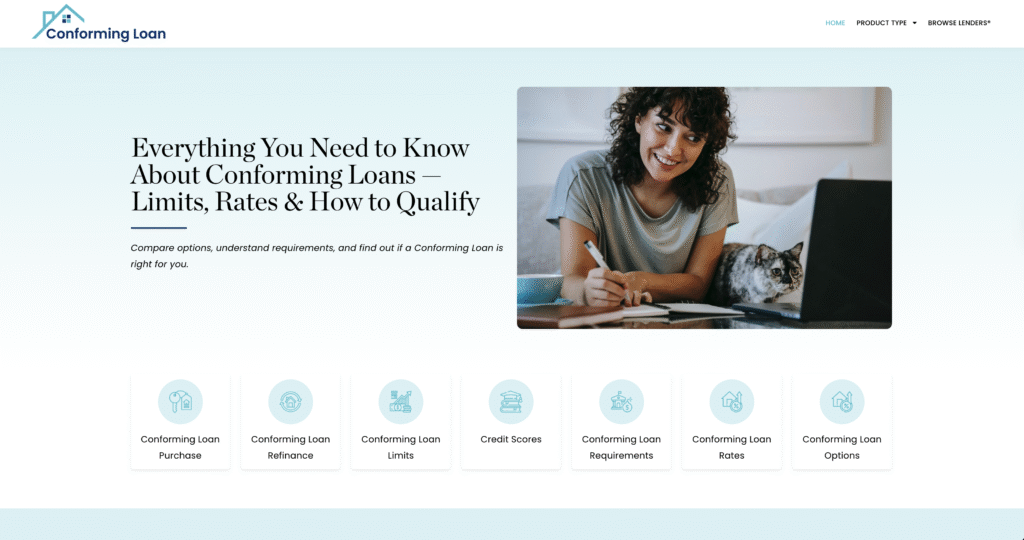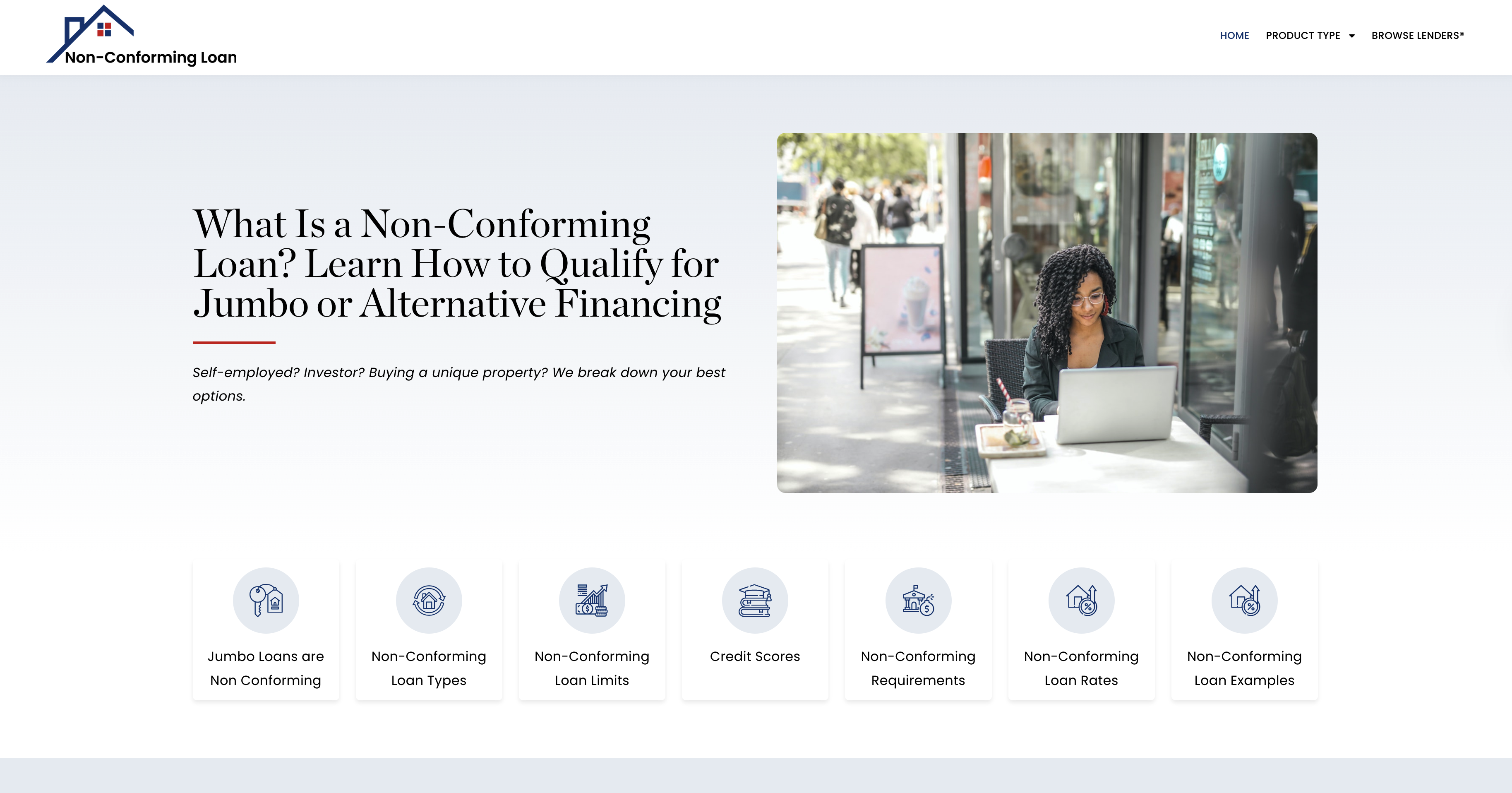Guide: The Role of Middle Credit Score® in Securing the Best Mortgage Rates
When applying for a mortgage, your creditworthiness is a key factor in determining your loan terms. Among the three credit scores reported by Equifax, Experian, and TransUnion, lenders rely on your Middle Credit Score®—the score that falls between the highest and lowest of the three. This median score plays a pivotal role in securing your interest rate, loan approval, and overall affordability. Understanding how this score is calculated and how it influences your mortgage can give you a strategic edge in the homebuying process.
Most borrowers don’t realize that a small difference in their Middle Credit Score® can mean thousands of dollars in savings or added costs over the life of a 15- or 30-year loan. Because of this, being proactive in understanding your score’s components and how lenders interpret them is just as critical as shopping for the right property or finding the right lender. Your Middle Credit Score® is a financial signal that helps lenders assess your risk profile, and it impacts both the initial approval and the long-term affordability of your home.
1. What Is the Middle Credit Score®?
The Middle Credit Score® is not an average but the middle value of the three credit scores provided by the major credit bureaus. For example, if your scores are 680, 720, and 700, your Middle Credit Score® would be 700. This number helps standardize mortgage decisions since different credit bureaus may use slightly different models or report different data.
Each credit bureau uses its own algorithms and data sources, which means there can be significant variations among your three scores. By using the middle score, lenders reduce the influence of any one outlier score—high or low. This method provides a balanced view of your credit profile, offering a more equitable way to assess borrower risk.
Your Middle Credit Score® reflects your financial habits: how responsibly you use credit, how much debt you carry, how timely your payments are, and how long you’ve been using credit. It’s a snapshot of how reliable you are as a borrower, and because lenders assume risk when issuing loans, they use this score as a key input when determining your rate, loan amount, and eligibility.
2. Why the Middle Score Matters More Than the Highest or Lowest
Unlike a credit card company or car loan provider that might only pull one score, mortgage lenders view all three. By taking the middle score, lenders avoid relying on potentially inflated or inaccurate data from a single bureau. This approach is designed to minimize risk and ensure consistency across applicants.
The lowest score could be the result of outdated information or an error that hasn’t been updated yet. Similarly, the highest score might reflect unusually favorable reporting from one bureau. By averaging out the extremes, lenders gain a more realistic and reliable indicator of your creditworthiness.
This practice also ensures fair treatment across borrowers, especially in joint applications. If one applicant has significantly lower credit than the other, the lower Middle Credit Score® often becomes the basis for the application, underscoring the importance of improving both applicants’ scores when applying jointly. For couples, co-signers, or business partners, the middle score becomes a mutual benchmark that determines whether you can qualify for the best mortgage terms.
3. How Your Middle Credit Score® Impacts Your Mortgage Rate
Mortgage rates are tiered based on credit score ranges. Even a 20-point difference in your Middle Credit Score® can dramatically affect the interest rate you receive. That small score gap can translate into significant savings or additional costs over the life of your mortgage.
Here are common breakpoints:
- 760 and above: Excellent credit – qualifies for the best rates
- 700–759: Very good – still qualifies for competitive rates
- 660–699: Good – may face moderate rate increases
- 620–659: Fair – higher rates and possible additional underwriting requirements
- Below 620: Poor – limited loan options, higher costs, and may require government-backed loans
For example, if you are approved for a $300,000 mortgage with a 3.5% interest rate instead of 4.5% because your score was 740 instead of 695, you could save tens of thousands in interest over 30 years. Your monthly payment would also be significantly lower, freeing up funds for repairs, renovations, or other investments. This is why many financial experts recommend delaying your mortgage application until you optimize your credit profile.
Lenders use risk-based pricing models, and a better score suggests you’re less likely to default. This allows them to offer you more favorable terms and lower rates. A strong Middle Credit Score® doesn’t just open the door to approval—it opens the door to a better deal.
4. Mortgage Program Eligibility Based on Middle Score
Your Middle Credit Score® affects the types of mortgages for which you’re eligible. Different loan programs cater to different credit profiles. Higher scores offer access to a broader range of products with better terms, while lower scores may restrict your options.
- Conventional Loans: Typically require a Middle Credit Score® of 620 or higher. Borrowers with scores of 740+ qualify for the best rates and lowest mortgage insurance premiums.
- FHA Loans: Designed for borrowers with lower credit scores, they accept scores as low as 580 with a 3.5% down payment, and as low as 500 with 10% down. While easier to qualify for, they come with mortgage insurance premiums (MIP) that increase overall cost.
- VA Loans: Offered to eligible veterans, active-duty service members, and certain military spouses. VA loans have no official credit score minimum, but most lenders prefer a score of at least 620.
- USDA Loans: Geared toward rural homebuyers and usually require a score of 640 or above for automated approval.
With a higher Middle Credit Score®, borrowers may also qualify for programs with reduced or no mortgage insurance requirements, lower down payments, and shorter loan terms. In competitive real estate markets, strong credit can give you an edge over other buyers.
5. Steps to Improve Your Middle Credit Score®
Improving your credit score before applying can lead to major savings over the life of your mortgage. This isn’t a one-time action, but a combination of habits and planning over several months.
- Pay Down Revolving Debt: Aim to keep your credit utilization under 30%, and ideally below 10%. This is one of the fastest ways to improve your score.
- Avoid New Inquiries: Each hard inquiry can drop your score a few points. Try to avoid applying for new credit in the six months leading up to your mortgage application.
- Dispute Errors: Check your credit reports for inaccuracies. Common errors include outdated accounts, incorrect balances, or accounts that don’t belong to you.
- Make On-Time Payments: Payment history makes up 35% of your score. Avoid missed payments by setting up auto-pay or reminders.
- Keep Old Accounts Open: Length of credit history influences 15% of your score. Even if you’re not using them, keep older accounts open to improve average account age.
Additional tips:
- Don’t close unused credit cards in the months before applying.
- If you have a trusted family member with excellent credit, consider becoming an authorized user to boost your score.
- Set a target score goal based on your desired mortgage rate tier.
6. How Lenders Use Joint Middle Scores
If you are applying for a mortgage jointly (with a spouse or co-borrower), lenders will consider both applicants’ scores but typically use the lower Middle Credit Score® between the two. This conservative approach ensures that both applicants are financially ready and helps lenders avoid risk.
If one person’s score is significantly lower, it may be worth applying solo—as long as the borrower with the stronger credit profile can qualify alone. Otherwise, both applicants should work to improve their scores in tandem. Remember, your loan options, interest rate, and even loan approval could hinge on the lower score in a joint application.
In some cases, it might be worthwhile to pause and build the lower credit profile before proceeding, especially if the weaker applicant’s score is holding the application below a key pricing tier. A 20- to 40-point increase in the lower score could be the difference between approval and denial or thousands of dollars in rate-related costs.
7. Rate Shopping Without Hurting Your Score
It’s wise to shop around for mortgage rates, but many borrowers worry that multiple inquiries will damage their credit. The good news is that credit scoring models allow for rate shopping.
Multiple mortgage inquiries made within a 14- to 45-day window (depending on the scoring model) count as a single inquiry. This means you can check with multiple lenders during a short period without significantly affecting your score. Just make sure to keep all rate inquiries within a tight timeframe.
To make the most of this window:
- Get quotes from at least three lenders, including banks, credit unions, and mortgage brokers.
- Compare rates, closing costs, and loan terms.
- Ask if lenders will do a soft pull for prequalification before the hard inquiry.
Smart rate shopping ensures you get the best deal and keeps your score intact.
Your Middle Credit Score® is one of the most influential metrics in the mortgage process. It not only determines your eligibility but also impacts your interest rate, loan program options, and long-term affordability. By understanding how this score works and taking steps to improve it before applying, you can put yourself in a stronger position to secure the best mortgage rates available.
The mortgage market is competitive, and every detail of your financial profile matters. Don’t leave your mortgage rate to chance. Monitor your credit closely, address weaknesses, and build a proactive credit strategy before starting the mortgage process. With a strong Middle Credit Score®, you have the power to negotiate, save money, and move into homeownership with confidence.
Middle Credit Score® Support Center
Browse Lenders® – Speak with a Lending Expert






